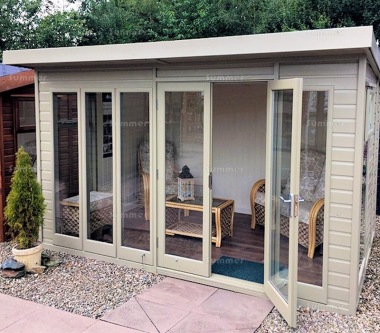All Categories
Featured
Table of Contents
Single, Double Or Secondary Glazing, Which Is The Best ... in Heathridge Perth
Glazing just implies the windows in your house, including both openable and set windows, in addition to doors with glass and skylights. Glazing in fact just means the glass part, however it is normally used to describe all elements of an assembly consisting of glass, movies, frames and furnishings. Focusing on all of these elements will help you to attain effective passive style.

Energy-efficient glazing makes your house more comfy and dramatically lowers your energy expenses. Nevertheless, unsuitable or inadequately designed glazing can be a significant source of undesirable heat gain in summer and substantial heat loss and condensation in winter season. Approximately 87% of a house's heating energy can be gotten and as much as 40% lost through windows.
Does Double Glazing Have A Vacuum? in Yanchep WA
Glazing is a significant financial investment in the quality of your house. The cost of glazing and the expense of heating and cooling your house are carefully associated. A preliminary investment in energy-efficient windows, skylights and doors can significantly decrease your yearly heating & cooling bill. Energy-efficient glazing also minimizes the peak heating and cooling load, which can reduce the needed size of an air-conditioning system by 30%, resulting in further cost savings.

This tool compares window choices to a base level aluminium window with 3mm clear glass. Understanding some of the essential residential or commercial properties of glass will assist you to choose the very best glazing for your house. Secret homes of glass Source: Adjusted from the Australian Window Association The amount of light that travels through the glazing is referred to as visible light transmittance (VLT) or noticeable transmittance (VT).
What Are The Best Double Glazed Windows In Australia? in Mahogany Creek WA
The U worth for windows (revealed as Uw), explains the conduction of the whole window (glass and frame together). The lower the U value, the greater a window's resistance to heat flow and the much better its insulating worth.
For example, if your home has 70m2 of glazing with aluminium frames and clear glass with a U worth of 6. 2W/m2 C, on a winter's night when it is 15C cooler outside compared to inside, the heat loss through the windows would be: 6. 2 15 70 = 6510W That is equivalent to the total heat output of a big room gas heating system or a 6.
Keeping Your House Cool In The Summer in Gwelup Perth

If you choose a window with half the U value (3. 1W/m2 C) (for instance, double glazing with an argon-filled space and less-conductive frames), you can cut in half the heat loss: 3. 1 15 70 = 3255W The solar heat gain coefficient (SHGC) for windows (expressed as SHGCw) measures how readily heat from direct sunshine streams through a whole window (glass and frame together).
The lower a window's SHGC, the less solar heat it transmits to your home interior. Glazing makers declare an SHGC for each window type and style. However, the real SHGC for windows is affected by the angle that solar radiation strikes the glass. This is known as the angle of incidence.
Lifestyle - West Coast Double Glazing in Jolimont Perth
When the sun is perpendicular (at 90) to the glass, it has an angle of incidence of 0 and the window will experience the maximum possible solar heat gain. The SHGC declared by glazing producers is always calculated as having a 0 angle of incidence. As the angle increases, more solar radiation is reflected, and less is transferred.
Table of Contents
Latest Posts
Single, Double Or Secondary Glazing, Which Is The Best ... in Leda WA
Double Glazed Windows Brisbane in Lockridge Western Australia
Double Glazing Vs. Triple Glazing: Which Is Worth It? in Palmyra Perth
More
Latest Posts
Single, Double Or Secondary Glazing, Which Is The Best ... in Leda WA
Double Glazed Windows Brisbane in Lockridge Western Australia
Double Glazing Vs. Triple Glazing: Which Is Worth It? in Palmyra Perth